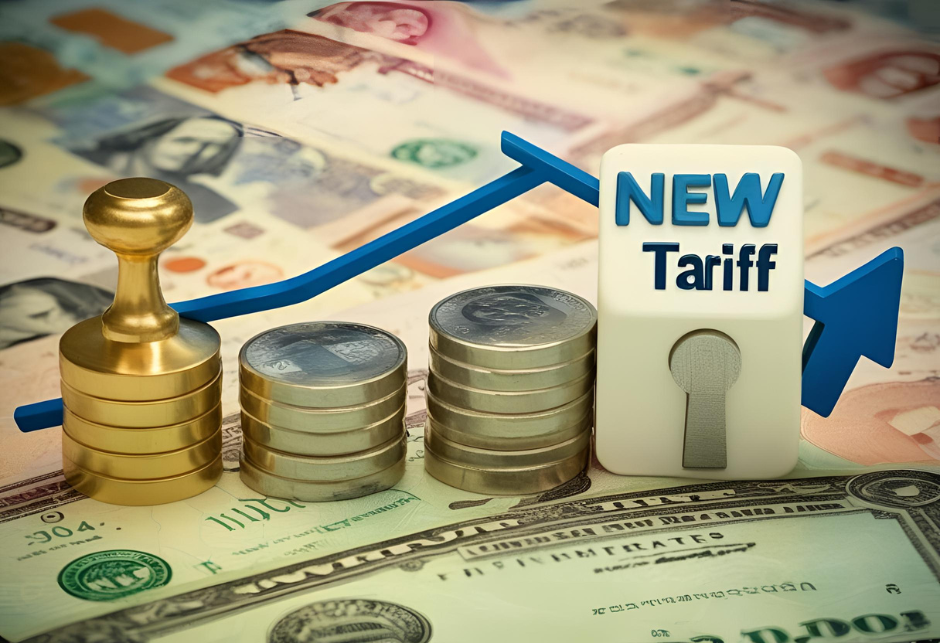
A New Era of Tariff Policies Is Coming — Here’s What You Need to Know
President Donald Trump announced on Friday that the United States is preparing to roll out a new set of tariff rates for its international trading partners — a move that could reshape global trade in the coming weeks.
Speaking from the United Arab Emirates during a business roundtable, Trump emphasized that the U.S. is currently unable to negotiate with every country at once due to limited resources. But he reassured attendees that the process would be fair, if firm.
“We’re going to be very fair. But it’s just not feasible to meet the number of people who want to negotiate with us right now,” Trump said.
What’s Changing in U.S. Tariff Strategy?
Trump noted that Treasury Secretary Scott Bessent and Commerce Secretary Howard Lutnick will begin notifying trade partners of the updated tariffs. These communications will outline the new costs associated with doing business in the U.S.
While the specifics remain under wraps, this marks a strategic pivot in the administration’s trade policy — shifting from large-scale negotiations to a more unilateral enforcement of trade rules.
What About China and Other Trade Deals?
The long-standing U.S.-China tariff standoff has cooled temporarily, with both nations agreeing to a 90-day pause on new tariffs earlier this week. This truce followed last week’s breakthrough trade agreement between the U.S. and the U.K., which sent financial markets soaring with optimism.
However, analysts remain cautious. China’s Global Times, a state-backed media outlet, warned that 90 days is not enough, urging for more flexibility in case tariffs return. Bloomberg also reported that while discussions continue in South Korea, tariffs may remain high beyond the truce period.
India, Apple, and the Tech Sector: A Ripple Effect
On Thursday, Trump hinted that a future trade agreement with India could see tariffs on U.S. goods removed. He also took a jab at Apple (AAPL), encouraging CEO Tim Cook to focus more on U.S.-based production instead of expanding in India.
This comes as global companies continue to feel the heat. Walmart (WMT) recently warned that tariffs are increasing operational costs — a trend likely to lead to higher prices for consumers. The retail giant even withheld second-quarter profit guidance due to the uncertainty caused by trade disruptions.
AI and the Middle East: A Silver Lining?
Interestingly, amid the tariff upheaval, Trump’s visit to the Middle East is opening new doors for technological partnerships. Saudi Arabia and the UAE are ramping up their AI ambitions, and tech giants like Nvidia (NVDA) and Advanced Micro Devices (AMD) are stepping in to provide cutting-edge chip technology.
This signals a growing shift in global alliances, with countries diversifying their tech investments — and U.S. companies playing a pivotal role in the expansion.
Final Thoughts: A Delicate Balancing Act
The evolving U.S. tariff policy under Trump signals a tougher, more assertive stance in global trade — one that could impact everything from consumer prices to international tech deals. For investors, businesses, and everyday shoppers, staying informed is crucial.
As new tariff rates are announced in the coming weeks, the world will be watching closely. Whether this strategy leads to stronger domestic growth or fuels further trade tensions remains to be seen.
✅ Stay Ahead:
If you’re a business owner, investor, or professional navigating international markets, now is the time to prepare. Reevaluate supply chains, monitor tariff announcements, and stay agile — because in today’s economy, adaptability is your greatest asset.
